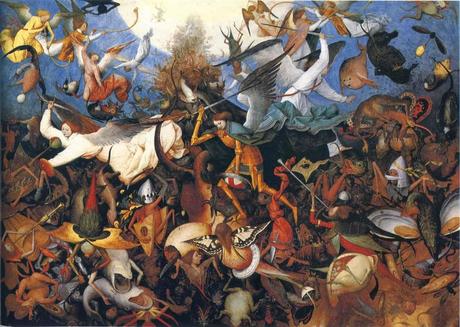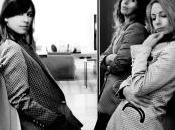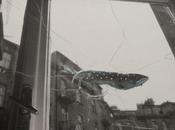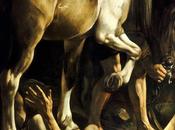
Il dipinto di oggi introduce una grossa novità nello schema artistico dei pittori fiamminghi, da sempre celebri per i loro paesaggi e per la loro capacità di rendere personaggi e sfondi incredibilmente reali, effetto reso possibile dall'egregio lavoro di chiaro-scuro e di tonalità vivide e profonde.
E' intorno al 1560 che il pittore fiammingo Pieter Bruegel, detto il Vecchio -per poter essere distinto dai suoi stessi figli, il primogenito Pieter e il secondo Jan, anch'essi affermati pittori- dipinse questo quadro: "La caduta degli angeli ribelli".
Dapprima paesaggista e cantore della realtà rurale olandese, in tutta la sua semplicità e umiltà, in una seconda fase assorbì l'influenza di Hieronymus Bosh, celebre autore fiammingo dedito ad un'altro genere di pittura, prettamente fantastica e moralistica, che descrive con grande attenzione gli eventi umani e divini e l'effetto delle calamità e del peccato nel corso della vita.
Da qui si dipana un filone mistico-religioso che il pittore affronta in questo capolavoro: al suo interno è subito possibile percepire il dualismo tra male e bene, evidenziato dalla luce del sole che sovrasta gli angeli sullo sfondo superiore, mentre in basso i demoni sono ricoperti da un apodittico alone di oscurità.
Gli angeli in alto rappresentano un introduzione al Giudizio Universale, essi suonano le trombe per annunciare la battaglia.
Anche le figure centrali di Paradiso ed Inferi si incrociano in una lotta spietata: la scena San Michele con la sua armatura d'oro, il capo delle forze celesti, se pure esile nella corporatura, trafigge il terribile drago dell'Apocalisse, ovvero Satana, il primo ad essersi ribellato a Dio.
Particolare che salta subito all'occhio è la creatura con sembianze demoniache ma che ha ancora le ali di farfalla. Un modo per intendere quanto essa fosse vicina alla grazia prima di questo momento e di quanto il peccato l'abbia potuta indurre in tentazione, facendola precipitare nella dannazione eterna.
Lo scenario in cui si distinguono a malapena in un tortuoso groviglio figure demoniache e angeliche e creazioni fantastiche, sottende l'abilità di Bruegel all'apice della sua arte: i sentimenti di impressione ed inquietudine che l'osservazione di ogni dettaglio infondono nell'animo di chi osserva, sono forse il suo fine ultimo, ovvero quanto l'esito del peccato possa essere conclusivo per le sorti di ognuno di noi.
Today painting introduces a major innovation in the artistic pattern of Flemish painters, always famous for their landscapes and their ability to make amazingly real characters and backgrounds, an effect made possible to supreme work of light-dark hues and vivid and deep colors.
It's around 1560 that the Flemish painter Pieter Bruegel called "the Elder" (to be distinguished by her own sons, the first-born Pieter and Jan the second, also established painters) painted this picture : " The Fall of the Rebel Angels ".
At first cantor of the rural Dutch landscape, in all its simplicity and humility, in a second phase he absorbed the influence of Hieronymus Bosch, famous Flemish author devoted to another kind of painting, purely fantastic and moralistic, which describes with great attention the divine and human events and the impact of disasters and sin in their lifetime.
From here it unfolds a religious-mystical vein that the painter faces inside this masterpiece, you can immediately feel the dualism between good and evil , highlighted by the sunlight overlooking the angels in the background top, while below are the demons covered by an apodictic darkness aura.
The angels above are an introduction to the Last Judgement, they sound the trumpets to announce the start of battle.
Even the central figures of Heaven and Hell cross in a ruthless struggle: the scene of St. Michael with his golden armor, chief of the celestial forces, although by slender phisique, pierces the terrible dragon of the Apocalypse, as we know as Satan, the first one to rebels against God.
Particular that immediately catches the eye is the creature with demonic appearance but he still has butterfly wings. One way to understand how it was close to divine grace and how the sin has been able to lead he into temptation, making his fall in eternal damnation.
The scenario in which are they are barely distinguishable in a winding tangle angelic and demonic figures and fantastic creations, underlies the ability of Bruegel in the peak of his art: the feelings of anxiety and impression that the observation of every detail infuse the soul of the beholder, are perhaps its ultimate purpose, or rather as the result of sin might be conclusive for the fate of each of us.






